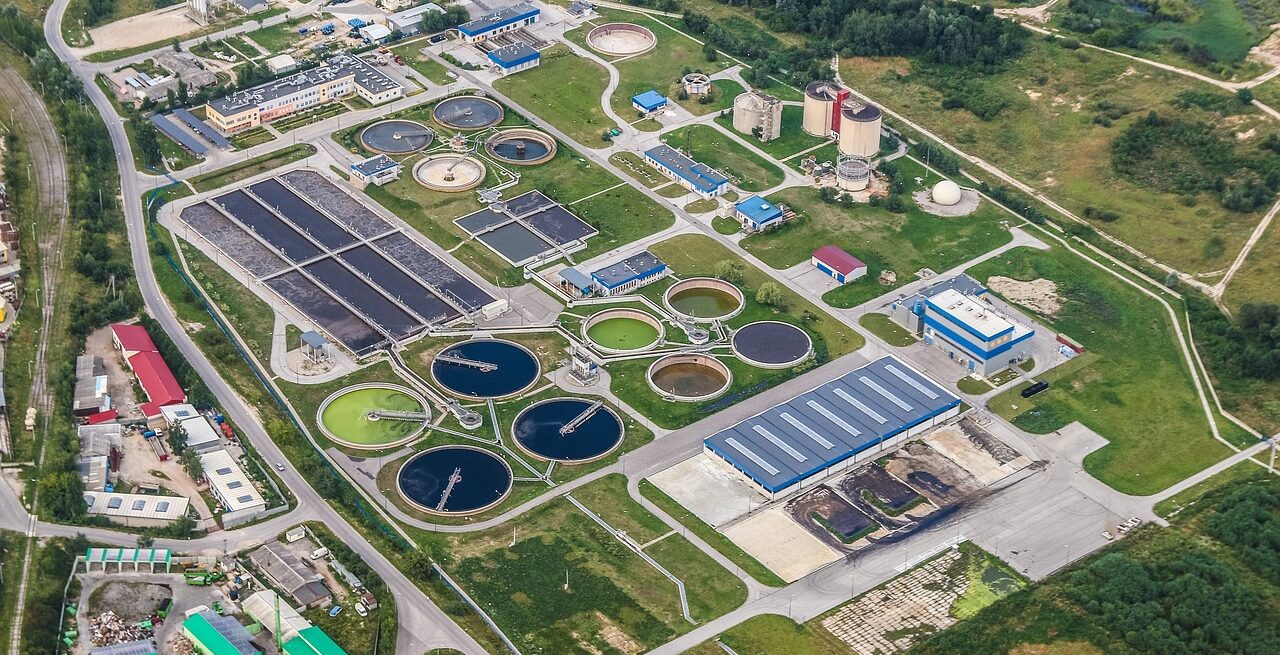

Pure Oxygen for Wastewater Treatment
In the United States, wastewater treatment facilities process roughly 34 billion gallons of wastewater every day. Wastewater contains nitrogen and phosphorus (among other contaminates) from human waste, food, soaps, and detergents. Wastewater treatment processes continue to evolve and utilize more reliable and efficient treatment technologies. Some wastewater treatment plants more effectively remove contaminates, depending on their equipment and how they treat wastewater.
Some treatment plants opt for chemicals to stabilize the contaminants. Others treat using blowers and associated air-based equipment, including diffusers. One particularly effective treatment is to use pure oxygen to supplement the air system. “Pure oxygen” is a gaseous mixture containing more than 90% oxygen. Although air is efficient with most types of wastewater, pure oxygen can provide a more economical and efficient option, especially for highly concentrated wastewater.
The Process
Wastewater treatment is a process that removes and eliminates contaminants from wastewater and prepares it to be returned to the water cycle. Different treatment plants treat various types of wastewaters such as sewage wastewater, industrial wastewater, and agricultural wastewater. Bacteria are an important part of the wastewater treatment process. They break down organic matter and convert it to carbon dioxide and water. This can happen naturally, but the process is extremely slow. This process can be streamlined by feeding the bacteria, oxygen, which they need to survive and thrive. If oxygen is injected, the bacteria regenerate quickly and break down the wastewater more efficiently.
This is a multi-step process. First, oxygen is stored in a supply tank (bulk tank) and although oxygen is used as a gas, it is stored in its liquid form. The oxygen is then vaporized and pushed to the valve train. Oxygen flow and pressure are adjusted as needed. Also known as the activated sludge process, oxygen is then injected into the wastewater to encourage the growth of bacteria. The injection can be administered using several different methods. These include devices such as spargers, diffusers, or porous hoses. These devices can be floating, a side stream, or sit on the bottom of the container. The injection method will vary based on certain criteria such as depth and size of the container, amount of oxygen needed, and availability of power. As the bacteria consume the organic matter, flocs (larger clusters) are formed and become separated in a different tank. This cycle is repeated continuously to ensure the decomposition process is complete.
The Benefits
Using this system can save time and money when compared to other wastewater treatment options. Most oxygen systems are pressure-based and can operate with significantly less power than equivalent air systems. Further, oxygen-based equipment can be incorporated into the treatment process without interruption to plant operations, so there is no down time or delays.
Other benefits include:
- Maintained system health (oxygen is sufficiently dissolved)
- Reduction in odors
- Improved sludge settling
- Reduced volatile chemicals
- High production rates
When choosing pure oxygen for wastewater treatment, it’s important to work with a reputable supplier who can guarantee a consistent supply of high-purity oxygen. This ensures quality requirements are met and equipment operates smoothly.
Oxygen Supplier in the Rocky Mountain Region
To better serve your needs, Rocky Mountain Air sells oxygen at a variety of purity levels. Oxygen is sold in various sizes of bulk cryogenic tanks or high-pressure cylinders and liquid levels are monitored remotely. Deliveries are deployed when levels begin lowering, and you can rely on a consistent schedule of refills. Our PurityPlus partnership certifies that we are selling the highest-grade product. This partnership aligns directly with Rocky Mountain Air’s promise to deliver flawless dependability to our customers. Contact your local branch to learn more about PurityPlus specialty gases, or to order today. We look forward to serving you!



